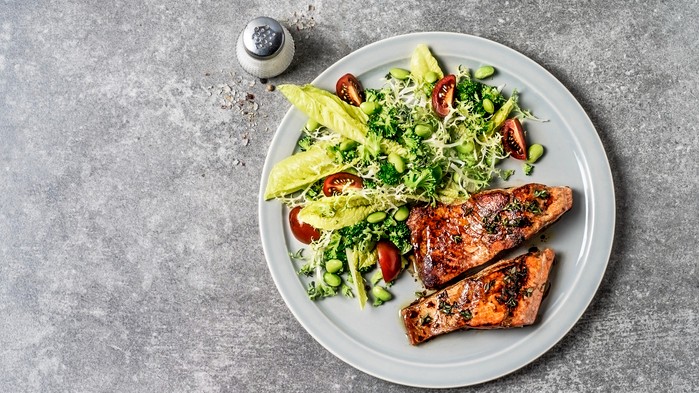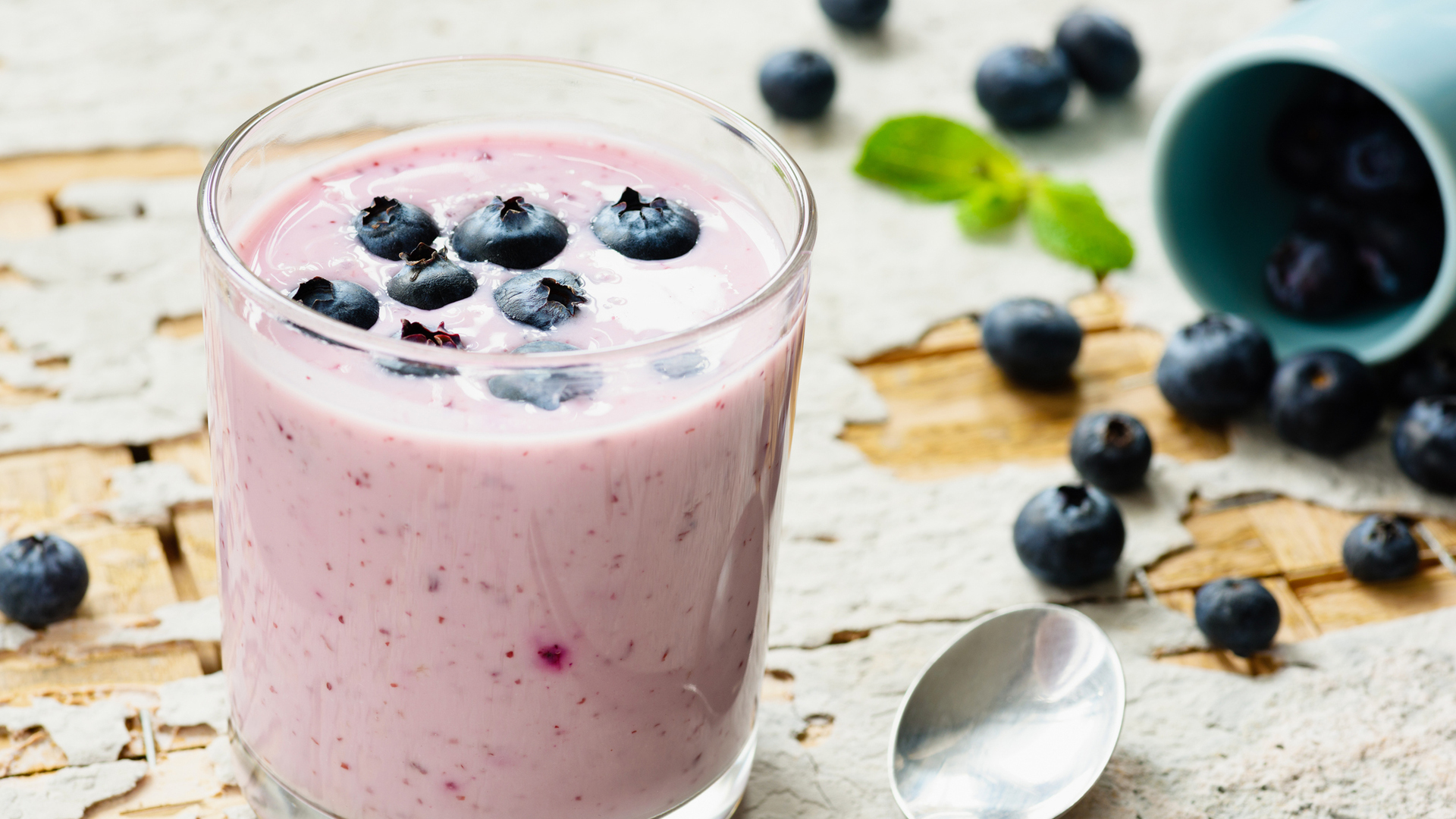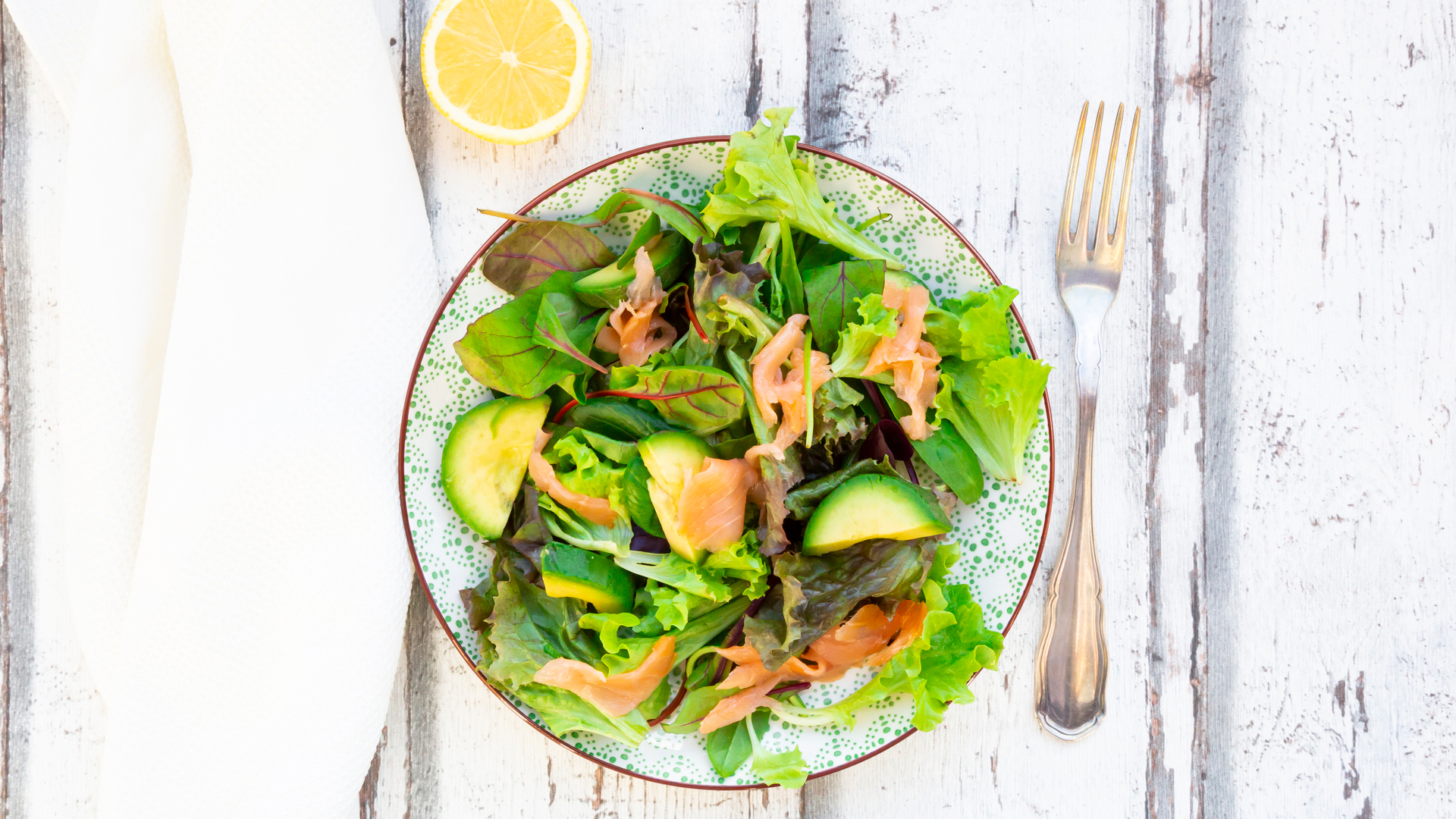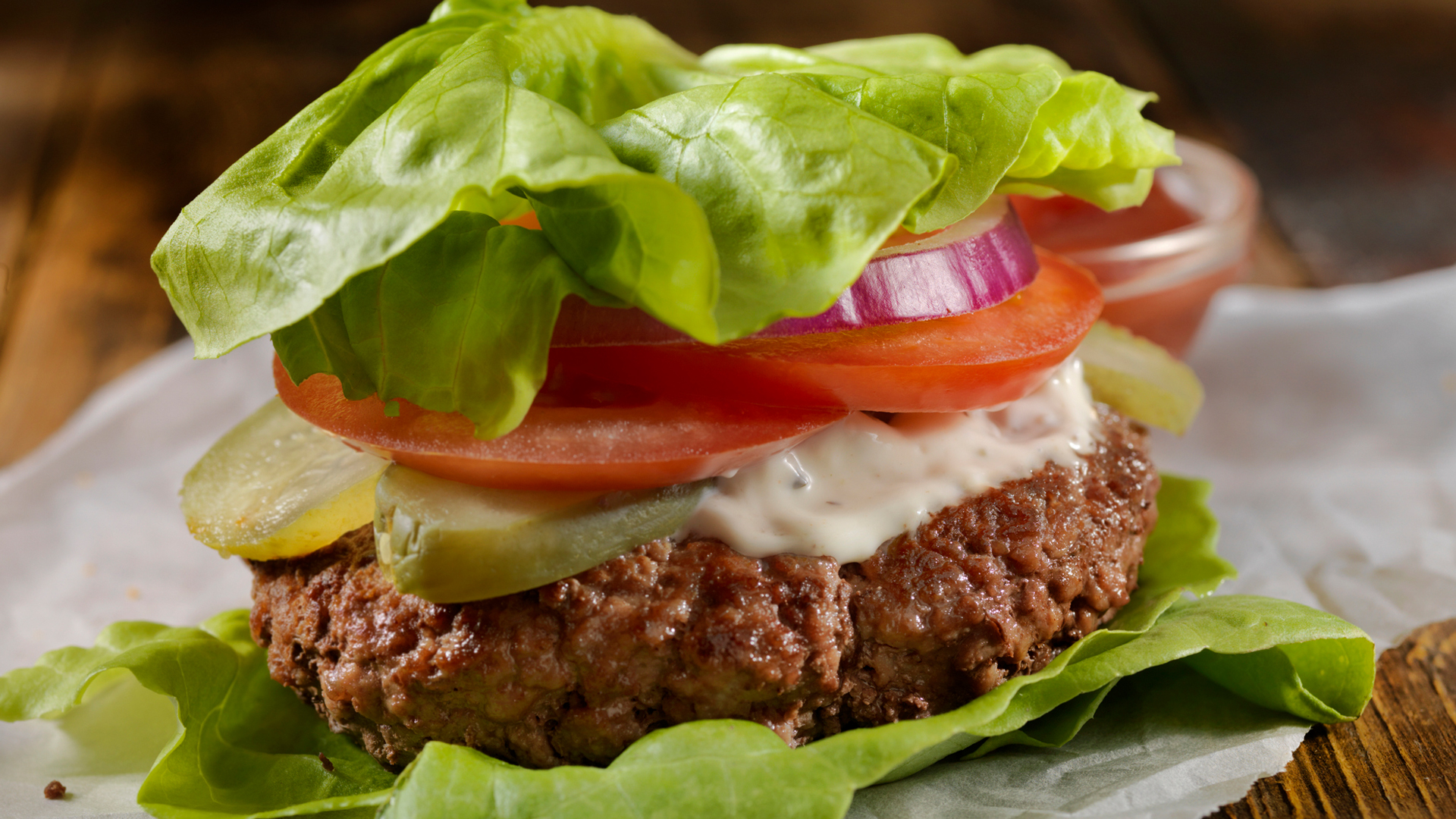5-day paleo diet meal plan
Channel your inner caveman with our paleo diet meal plan and find out why it’s so popular

If you’re looking for a diet that uses whole foods and that also includes fruit and meat, then the paleo diet meal plan may be the one for you. As a concept, the paleo (or paleolithic) diet was first promoted by a gastroenterologist, Dr Walter L Voegtlin, in 1975. This diet claims to be based on the way humans evolved to eat – resembling the hunter-gather way of living.
The diet advocates sticking mainly to whole foods, with an emphasis on nuts and seeds, fresh fruit and vegetables, lean meats, and seafood. While the health benefits of the diet have been put into question by some nutritionists, the advantages of cutting back on refined sugars and processed food are widely known.
If you want to find out what the paleo diet is, the sort of food it prescribes, and an example five-day meal plan, our experts have put together the following guide to help you get started.
Worried about gluten? Have a look at our gluten-free diet plan for beginners to get useful tips and meal ideas. Plus, our round-up of the best multivitamin for women can help you to meet any nutritional shortfalls.
What to eat on the paleo diet
“Researchers believe that the caveman diet consisted of whole foods, instead of the refined, processed foods we now see all over shop shelves,” says Josie Porter, a doctify-reviewed dietitian at The Dietitian Method.
“Paleo dieters claim to choose this way of eating as our ancestors had lower rates of lifestyle-related diseases, such as heart disease, diabetes, and obesity. It is near enough impossible to know the exact diet of our ancestors, but it’s likely they ate a lot of plants (vegetables, fruits), meat, and fish. Of course, these would have all been organic, too, as fertilizers were not invented until more recently.”
There is no strict meal plan with the paleo diet, but there are foundations that dieters adhere to. These include eating:
Get the world’s most fascinating discoveries delivered straight to your inbox.
- fresh fruits and vegetables
- grass-fed, organic lean meats
- fish and shellfish
- free-range poultry and eggs
- some nuts and seeds
- certain oils
- water and herbal tea

“Paleo dieters avoid dairy, grains (say goodbye to your morning porridge or weekend carbonara), legumes (including peanuts), refined vegetable oils, potatoes, processed foods, refined grains, transfats salt, and added chemicals,” says Porter. “Gluten is also considered an anti-nutrient, therefore a true paleo diet also excludes these. This diet can be low in carbohydrates and high in protein but promotes that these nutrients are obtained from fresh, organic, unrefined, and unprocessed sources. It is essentially a glorified low-carb diet.”
- Related: What are high protein foods?
However, the paleo diet prescribes central themes that most nutritionists and dieticians agree with.
“We know that highly processed foods are not healthful when eaten in excess, as these are easier to digest and often contain added sugar, salt, and fats,” says Porter. “And that eating more whole foods, such as fruits, vegetables, nuts, seeds, and eggs, can be good for our health.”
Here, nutritional therapist Anne Green has put together a five-day paleo diet meal plan for you. “Just be mindful that long-term, the paleo diet isn’t a sustainable plan for many people,” says Green. “Follow a plan with caution and reincorporate ‘restricted’ foods back in gradually to avoid gut problems.”
Paleo diet meal plan: Breakfast
Day 1: Two poached eggs with spinach and mushrooms – eggs are a source of protein and vitamin D.
Day 2: Shakshuka – this spicy option is a good weekend brunch meal. Add in spinach, mushrooms, tomatoes, and plenty of spice, then crack two eggs in the middle.
Day 3: Bacon and mushroom frittata – this high-protein breakfast will keep you filled till lunch.
Day 4: Blueberry smoothie – add in almond butter (for healthy dietary fat), flaxseed, avocado, and spinach for a nutritious drink.
Day 5: Sweet potato hash with sausage – sweet potatoes are a source of fiber.

Paleo diet meal plan: Lunch
Day 1: Avocado salad with shredded chicken – cook your chicken and add to an avocado salad with lettuce, tomatoes and cucumber. Squeeze lemon over the top and throw in some walnuts.
Day 2: Salmon, avocado, and rocket salad – here, the salmon provides that all-important omega-3 for cognitive benefits.
Day 3: Chicken and leek soup – great for colder days, this simple soup contains chicken for protein and leeks for fiber.
Day 4: Chicken sausages and roasted vegetables – an easy traybake that includes lean protein from the chicken sausages.
Day 5: Turkey burgers with brussels sprouts hash – use turkey mince for these burgers and then fry shredded brussel sprouts to make a tasty hash that is full of fiber.

Paleo diet meal plan: Dinners
Day 1: Grilled cod with ratatouille – cod is a source of low-fat protein.
Day 2: Beef burgers wrapped in lettuce – take out the breaded bun and you have a paleo-friendly burger. Serve with sweet potato fries for added fiber.
Day 3: Butternut squash stuffed with mince – cut open a butternut squash and stuff each half with a homemade bolognese, using organic beef mince.
Day 4: Tuna steak with roasted Mediterranean vegetables – tuna is not only paleo-friendly but an excellent source of vitamin B12.
Day 5: Turkey meatballs with a tomato sauce and courgetti – this slimmed-down version of pasta and meatballs using spiralized courge

Tips for following the paleo diet meal plan
A paleo diet can involve giving up a lot of staple foods, such as bread. To help you follow the plan, our experts have put together a few tips.
- Use certain foods sparingly: “There are some foods that are considered more neutral on the paleo diet, meaning they can be used sparingly,” says Porter. “These include natural sweeteners, coffee, beer, wine and certain flours.”
- Be mindful of the restriction: “The paleo diet is restrictive, which may put us at risk of deficiencies,” says Porter. “For example, dairy is one of our main sources of calcium and iodine. We also know that whole grains, beans, legumes, and starchy vegetables are nutrient-dense. In fact, numerous studies demonstrate that they can reduce our risk of heart disease and diabetes. These foods are also a great source of fiber, our gut bacteria’s energy fuel.”
- Prep in advance: “There aren’t many paleo-friendly options available on the high street,” says Green. “Meal prep guarantees you’re prepped for the day and that you won’t get caught short if you’re following a meal plan.”
Stacey Carter is a Freelance Health Writer who has written print features and digital content for titles such as Woman & Home, Natural Health, Women’s Health, Get The Gloss, and Stylist. You'll find her covering a wide variety of health-based topics, talking to leading figures in the fitness industry, and investigating the latest trends in wellness. When she’s not at her laptop, weekend hikes, testing out new recipes in the kitchen and LISS-style workouts are her favourite ways to switch off.



